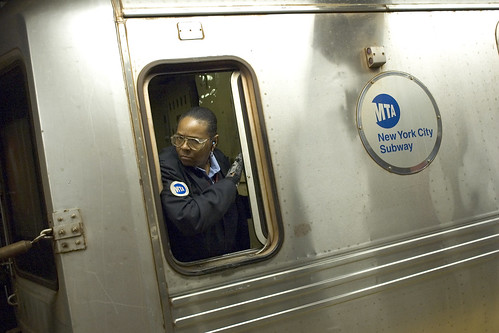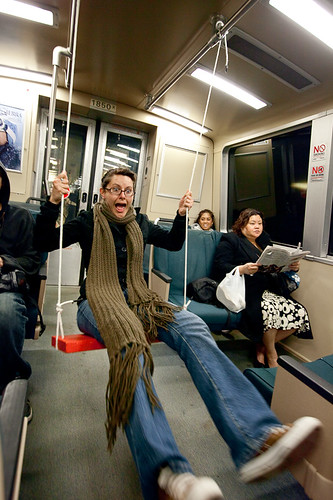Sen. Barbara Boxer discusses reauthorization: Senate Aims to Index Gas Tax to Inflation, Is Considering Mileage Charge
(Source: The Infrastructurist & Reuters)

Reuters has done a lot of interesting interviews this week from its Infrastructure Summit. In thenews service’s latest dispatch, the Senate’s transportation pointperson, Barbara Boxer, the California Democrat, who will marshal the bill through the Senate, discusses her plans for the highway bill.
Snippets of the interview that would appeal to us are here:
- “What I think is very important is to index the gas tax to inflation, because, obviously the gas tax is falling behind,”.
- “I also don’t want to increase the gas tax, but I want it to keep up.”
- Confident the bill would pass out of the Environment and Public Works Committee that she chairs and reach the full Senate by the end of the year.
- The Senate is also considering raising the tax on diesel, changing exemptions to the gas tax given to certain groups, taking a percentage of customs duties, relying on private finance, and charging drivers fees based on Vehicle Miles Traveled (The bill’s authors, though, have rejected attaching a small device to cars to measure VMT).
- We’re looking at options. Are there ways for people to — an honor system, when they register their vehicles — just say, ‘This is the miles I had last year, this is the miles I have this year,’?
Related article:
Fear Growing Senator Boxer Won’t Deliver Progressive Transportation Act







